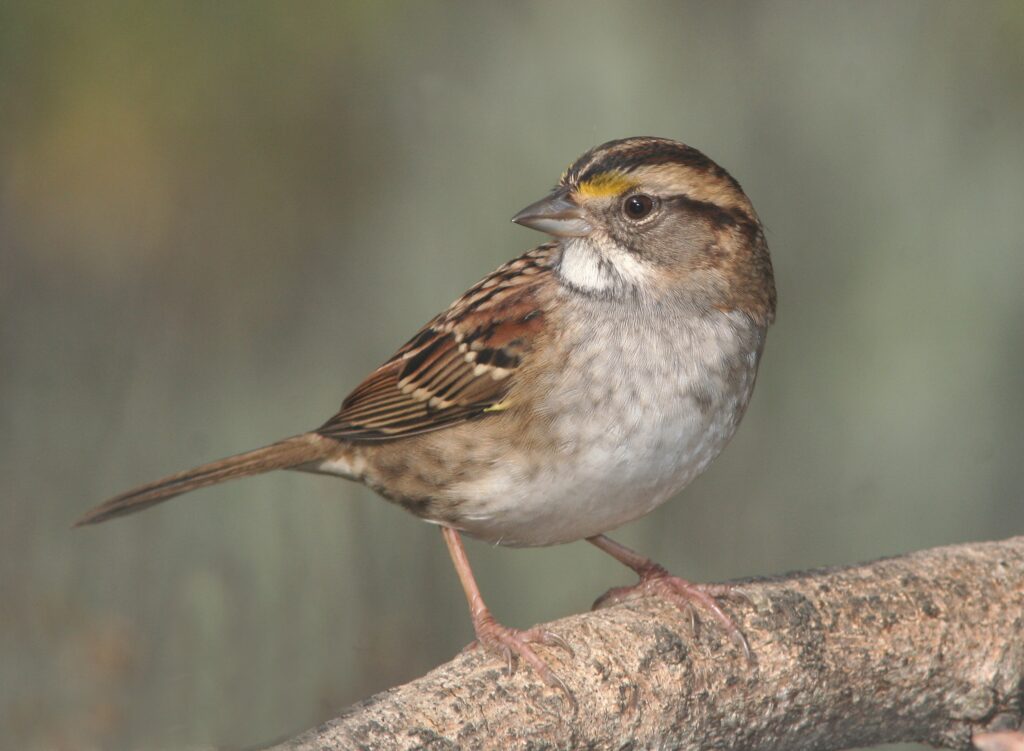HOPE WINTER
Special to the Leader
Hearing about an abundance of dead birds around Halloween time may sound like the plot of an Alfred Hitchcock movie, but in Fredonia you don’t have to turn on a screen to experience the scare.
Students that walk to class along Three Man Hill have noticed several dead birds to step over as they make their way to Rockefeller Arts Center.
Justine Bloom, a freshman earth science major, noticed this problem on her early morning commute to class.
“There was a point to where it came to be three to four birds a week that would show up dead on the sidewalk of Rockefeller.”
Justine thought this wasn’t a normal thing to be happening, but then realized, “Rockefeller is the only building I noticed it happening by.”

With the windows of Rockefeller facing the campus woodlands, a bird’s eyesight cannot tell whether a window is glass or if it’s more wooded land for them to fly into.
While it is a natural occurrence for birds not to see glass windows, the high number of dead birds found has concerned members of the campus.
Jasper J. Glow, a Fredonia student, joins Bloom in being upset by the sight of the dead birds on the sidewalk: “It’s upsetting, and also pretty unsanitary.
“I think that if there’s something the school can do, they should at least try. I think the school should be more aware of this.”
Markus Kessler, the Director of Facilities Planning, is aware of this issue and is working hard to find a solution to make the long windows visible to the birds’ eye view.
“At first I was a little puzzled,” said Kessler. “We have a lot of trees in front of the glass that maybe direct the birds into other directions, and I wondered if it was just birds following a lead bird. But then I started to see that this is a bigger issue than I previously thought.”
Kessler researched to find the best solution for the school to put up to make the windows obvious to the birds. He believes the best solution would be to remove the glazing of the windows and put a different glazing on, but doesn’t believe they will ever have enough funds to do so.
“It’s something that would have to come out of some type of campus funding, which doesn’t mean we’re not going to do anything; I just have to find a solution that will work but won’t break the bank.”
Kessler believes that there has to be a simpler and cheaper way to help and is narrowing down his best solutions.
As of this week, Kessler said his best solution would be to add a film to these windows that would “polka dot” the window for the birds to see.
These dots would be a quarter-inch in diameter and two inches apart from one another.
“It would be either dots or horizontal details to add to the outside of these windows, and I believe that the dots would be more visually appealing to the eye.”
Kessler plans to have a set goal with funding ideas to help the birds for springtime by the end of November.
